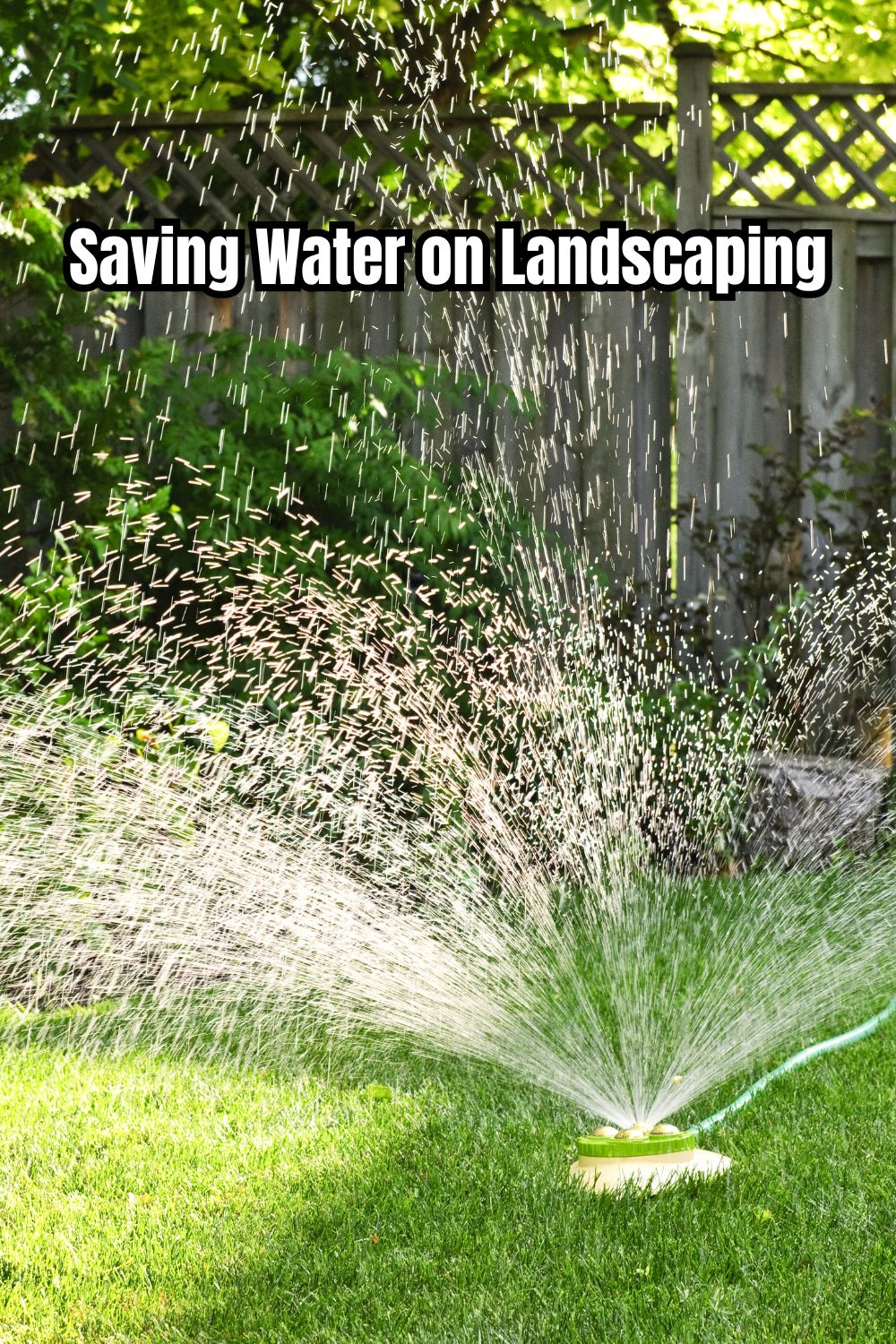Although landscaping can look beautiful it needs a lot of water. Find out ways on Saving water on landscaping.
Landscaping done smart uses very little water. Plants and lawns do not need to be flooded. They don’t need to be swamped to grow properly. However, without understanding how to irrigate landscaping in a way that is the most efficient, a tremendous amount of water can be lost as well as paying more than is needed on a water bill monthly. Here are some effective homeowner water saving tips for landscaping.
Plan Out the Landscaping Versus Being an Accident
Getting started, a homeowner should think about how to plan the delivery of water to landscaping including the trees, the plants and the grass by location, by area, as well as the type of climate exposure it’s going to have. Some areas will need more water than others. Giving everything the same amount is simply wasting water when it could be delivered in far more exact amounts. Knowing where the bulk of the water needs to be helps in choosing the type of delivery equipment as well as the frequency needed.
The last thing anybody should be doing in regard to watering is use equipment that lets ongoing water flow occur until it’s manually shut off. Instead, what should be used is a drip system. This kind of delivery provides water directly to the root base of the plant on a drip basis in far less amounts than would happen with a hose or a sprinkling system, especially one of those radiating sprinkler-wave tools like the kind that people had in the 1970s for their front lawns.
Don’t Water All the Time
Watering should also be scheduled. The landscape watering should be on a timer. It should be watered in the morning when it’s cool, as well as in the evening as the sun goes down. Watering in the middle of the day during the height of the daytime heat simply loses water to evaporation. Watering in the middle of the night could lose it to freezing, which might also damage the plants.
Maximize the Use of the Water Delivered
Drainage can also recapture water instead of losing it entirely. Good drainage can redirect excess water off areas where it is streaming and then redirect the water to lower areas where it can be used again by other plants. Gravity is the homeowner’s friend in this regard, especially when plants are layered so that the upper level gets watered first, and the lower levels receive the excess.
There’s nothing wrong with using rainwater as well. Many homes have devised a way that the water that comes off of the roof gutter goes into buckets and containers. This way, it can be reused and distributed across the lawn and plants, depending on the landscape details. Of course, this idea is contingent on how frequent the rains come through the area at different times of the year, but some regions a useful amount of rains in the spring and summer too.
Use Graywater With Caution
Finally, wastewater is a possibility for reuse in landscaping as long as the water doesn’t include contaminants. The homeowner needs to be careful with regards to wastewater in the sense that it’s not sewer water, and it’s not contaminated with soap or chemicals from washing down equipment. Where the wastewater is from cooking or from simply household excess, the water could be recycled and used in landscaping as long as the plants are not being used for food.
In almost all cases, blackwater should be avoided. This is water that is contaminated with sewer waste. Residue from such could create odor problems, bring pests and create toxicity to exposed plants.
Use Landscaping as a Conservation Challenge
Some very creative watering systems have been developed over time in the harshest of environments like deserts. Tackle your home landscaping with the same creativity. It will save you hundreds of dollars on a home water bill, and you may find the challenge entertaining as you achieve better and better water efficiency with your home garden.

Leave A Reply!